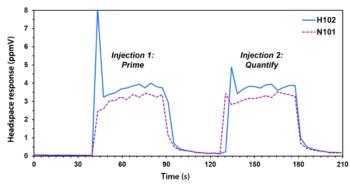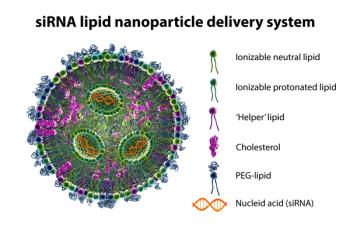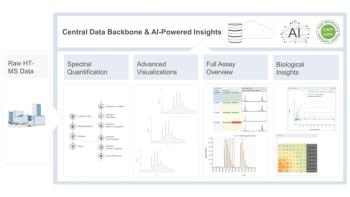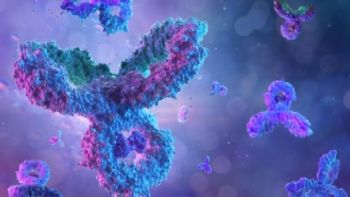
New Method Explored for the Detection of CECs in Crops Irrigated with Contaminated Water
This new study presents a validated QuEChERS–LC-MS/MS method for detecting eight persistent, mobile, and toxic substances in escarole, tomatoes, and tomato leaves irrigated with contaminated water.
Researchers from Jaume I University in Castellón, Spain, led by PhD researcher Lubertus Bijlsma, developed a new technique for analyzing persistent, mobile, and toxic substances (PMTs) in vegetal matrices. Their findings were published in the Journal of Chromatography A (1).
In this study, a new methodology was developed and validated for determining 8 PMTs in escarole, tomatoes, and tomato leaves. Eight PMTs were analyzed: benzophenone-3, clarithromycin, imazalil, metformin, sulpiride, terbutryn, tiapride, and tramadol. The analytical methodology used in this study involved a Quick, Easy, Cheap, Effective, Rugged, and Safe (QuEChERS) extraction method prior to mixed-mode liquid chromatography tandem mass spectrometry (LC–MS/MS) analysis.
While fresh water is essential for all life on Earth, approximately only 2.5% of the planet’s total water is fresh. Scientists project there will be a worldwide supply deficit of fresh water of up to 40% by 2030 (2). This water scarcity can be partially contributed to climate change and increased demand for freshwater in municipal, agricultural, and industrial applications. Agricultural practices consume the highest percentage of all water withdrawals, which has led to wastewater reclamation becoming a popular potential alternative for irrigation.
While wastewater offers some advantages, it often contains potentially harmful substances, such as microplastics and pharmaceuticals, otherwise known as contaminants of emerging concerns (CECs). Within this group, persistent, mobile, and toxic (PMT) substances have attracted notable attention. Due to their high mobility and persistence, PMTs can break through artificial barriers in wastewater treatment plants (WWTPs), causing their environmental concentrations to increase over time. Using reclaimed water for agricultural irrigation may cause PMT uptakes by crops, which can pose risks to human health. As such, it is important to study the behavior of PMTs in plants before employing irrigation using reclaimed water. Sensitive analytical methods are required to detect and quantify these substances in complex tissues.
LC–MS/MS is frequently used for quantifying medium-to-high polarity compounds, due to the technique’s excellent sensitivity and selectivity. Further, C18 reversed phase (RP) columns are commonly chosen for CEC determination, since they use nonpolar interactions for analyte retention. However, highly polar substances, such as PMTs, may not perform well in these conditions. As such, researchers have explored alternative chromatographic methods.
The method validation presented in this study was satisfactory at studied concentrations (1, 10 and 100 ng·g-1) for each compound/matrix combination, except for metformin in escarole (50 and 500 ng·g-1), the researchers reported. Recoveries ranged from 70–120%, with a precision of ≤ 20 % for most compounds. Benzophenon-3 and tiapride, which do not have isotopically labelled internal standards available, could be adjusted through use of a correction factor. With exception for benzophenone-3 and metformin in both escarole and tomato leave, the limit of quantification was 1 ng·g-1 for all compounds in the three matrices.
Overall, applying the methodology proposed in this study successfully enabled the determination of the selected PMTs at low concentration levels. In the future, this method could be applied to monitoring studies involving the use of reclaimed wastewater for agricultural irrigation. The scientists expect that with their findings, their technique can be easily adapted for analyzing other PMTs and plant matrices.
References
(1) Gregorio-Lozano, S.; Bolos-Sánchez, V.; Pitarch-Motellón, J.; Pitarch, E.; Bijlsma, L. Analytical Methodology for Challenging Persistent, Mobile, and Toxic Substances in Vegetal Matrices After Irrigation with Contaminated Water. J. Chromatogr. A 2025, 1751, 465948. DOI:
(2) Karpińska, J.; Kotowska, U. Removal of Organic Pollution in the Water Environment. Water 2019, 11 (10), 2017. DOI:
Newsletter
Join the global community of analytical scientists who trust LCGC for insights on the latest techniques, trends, and expert solutions in chromatography.





